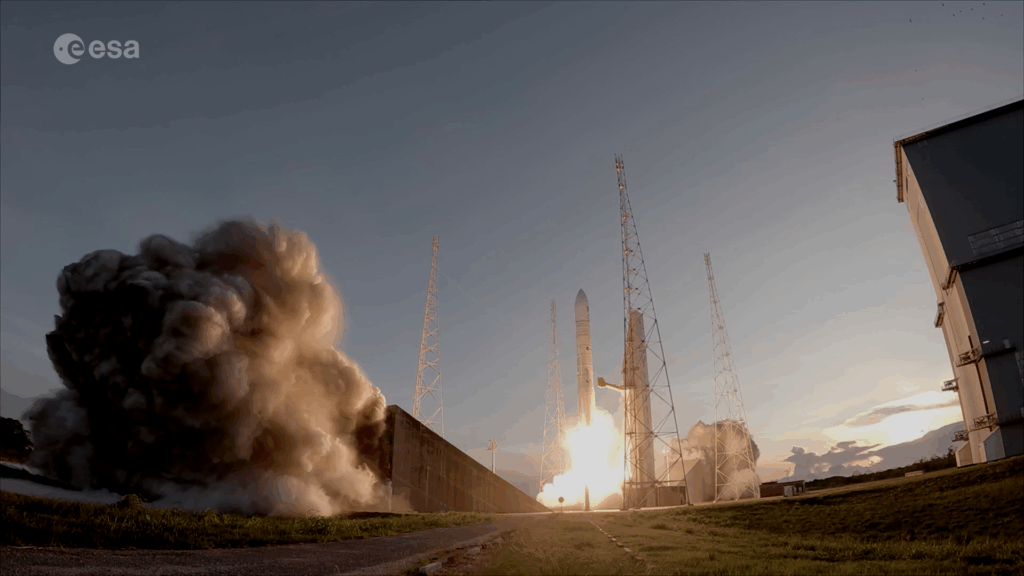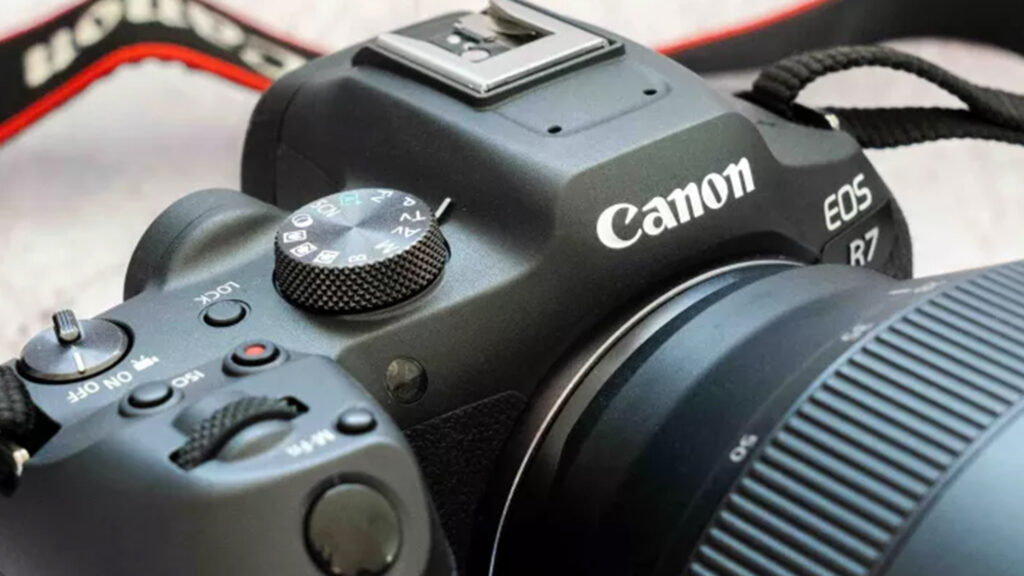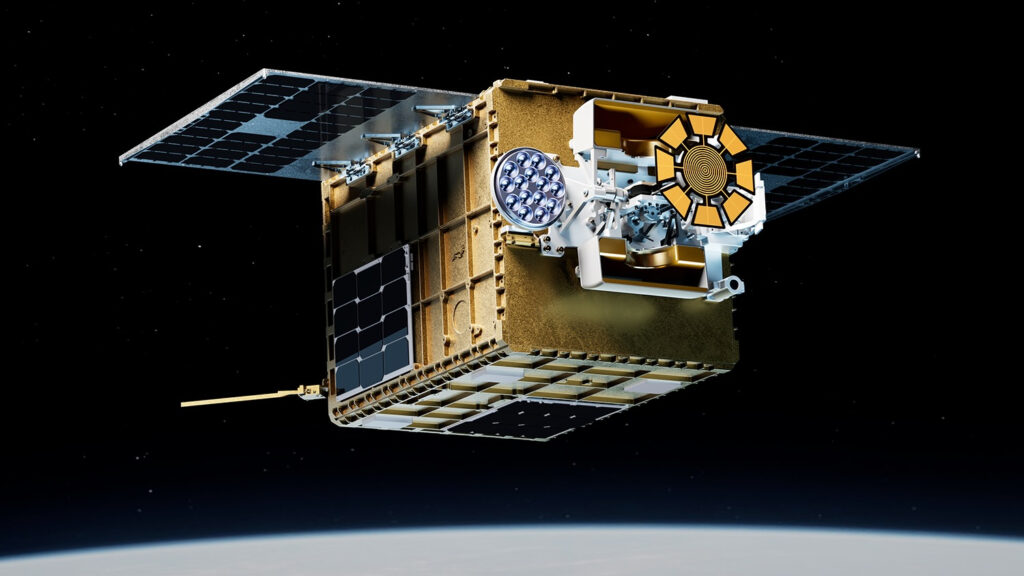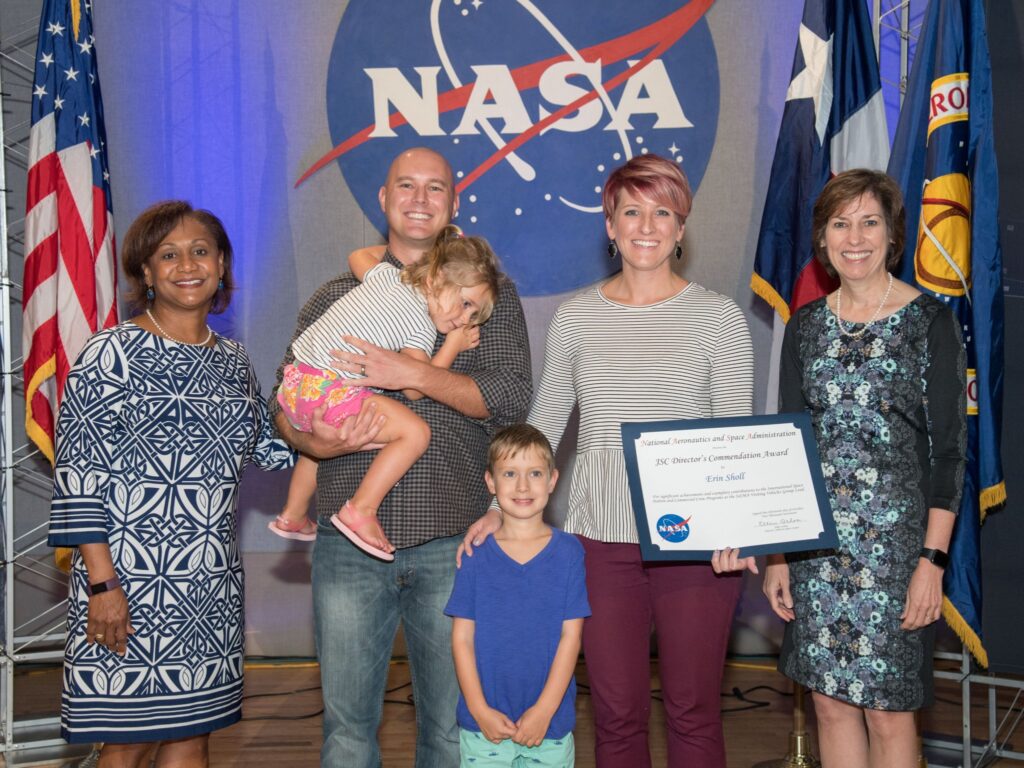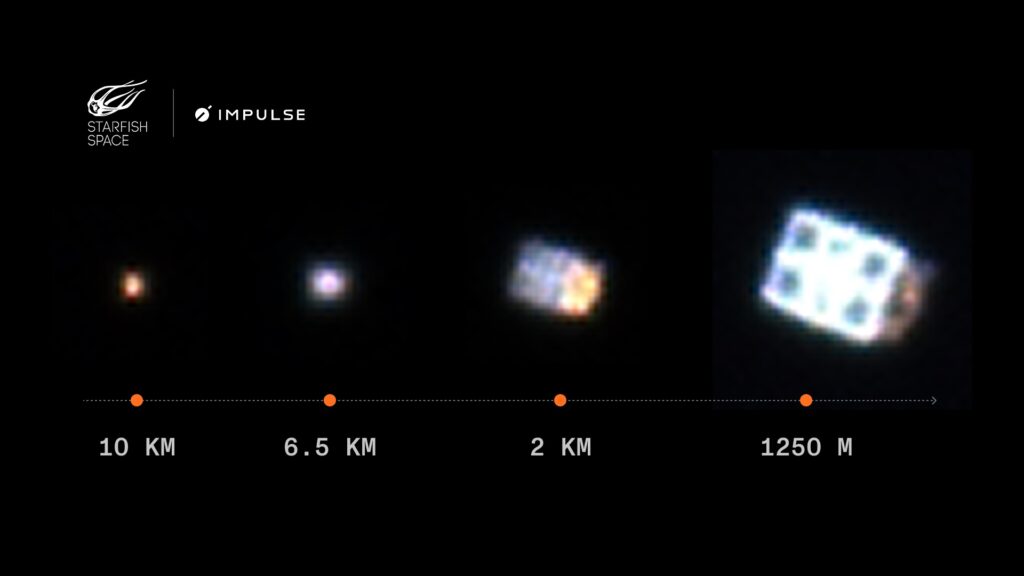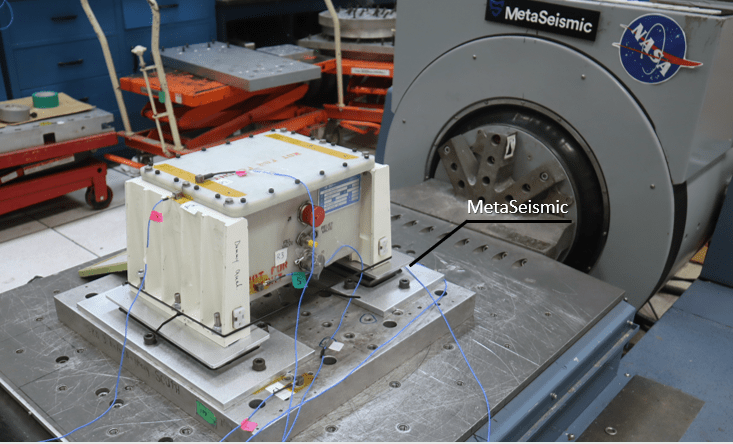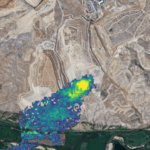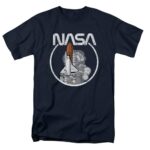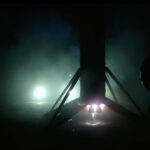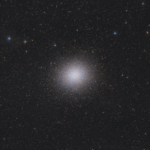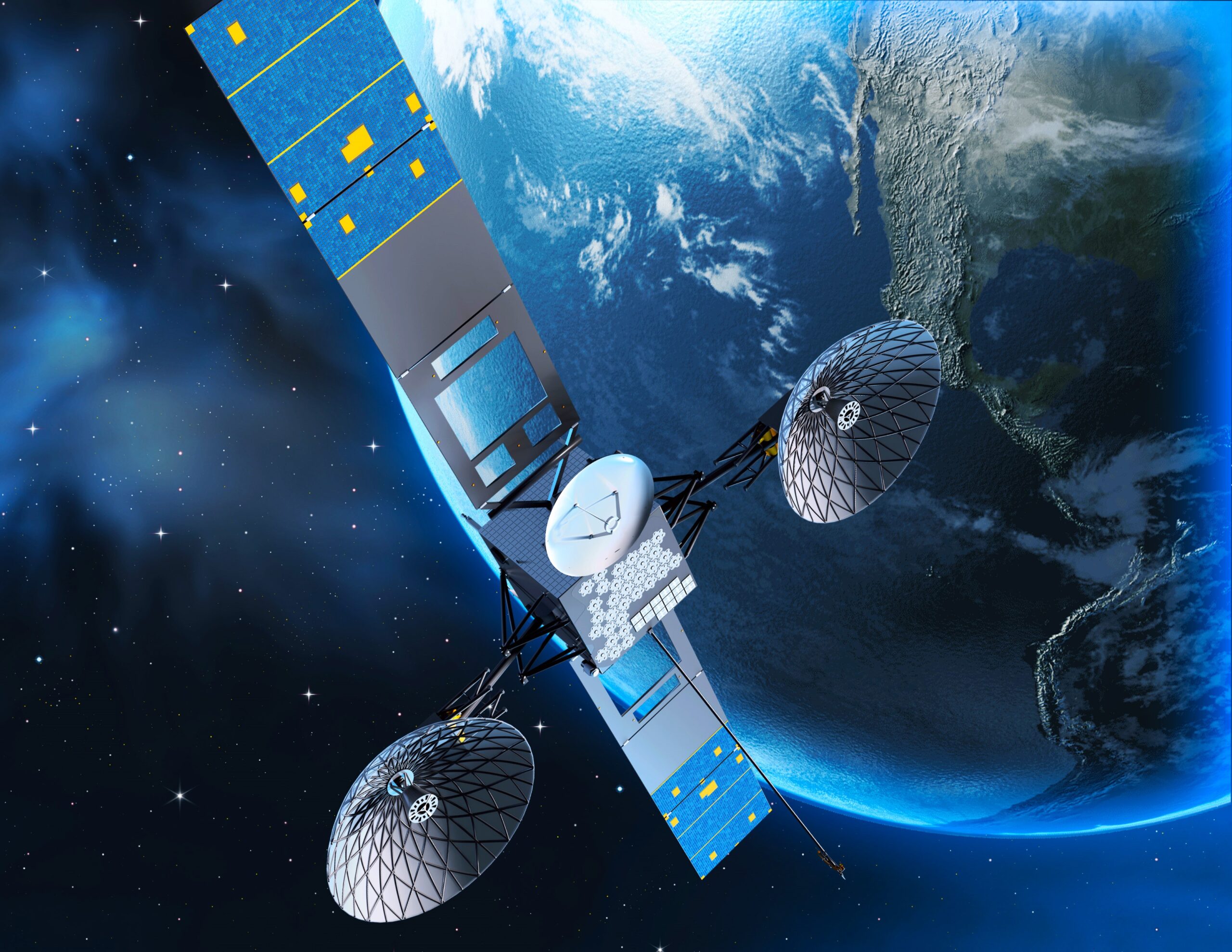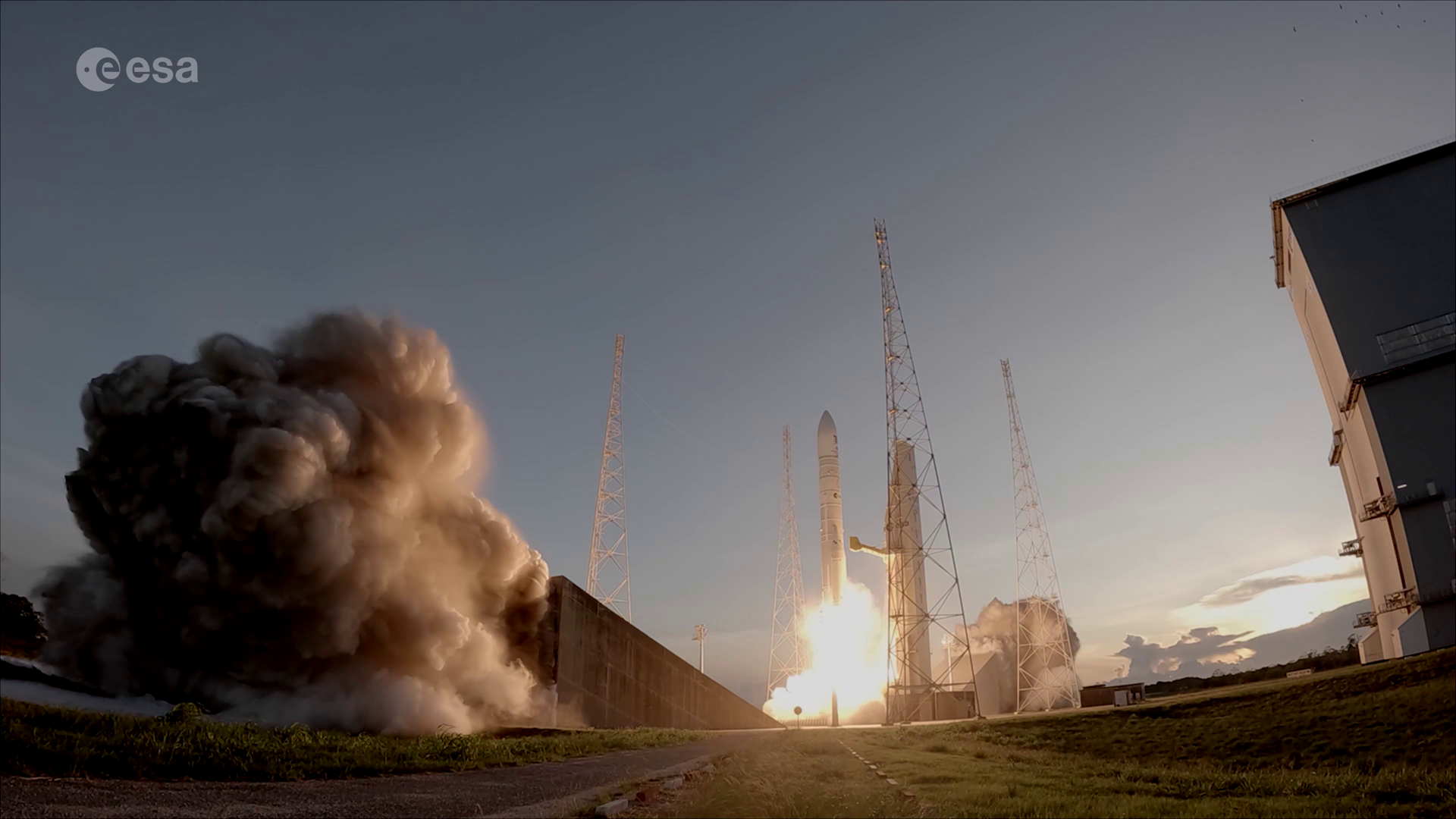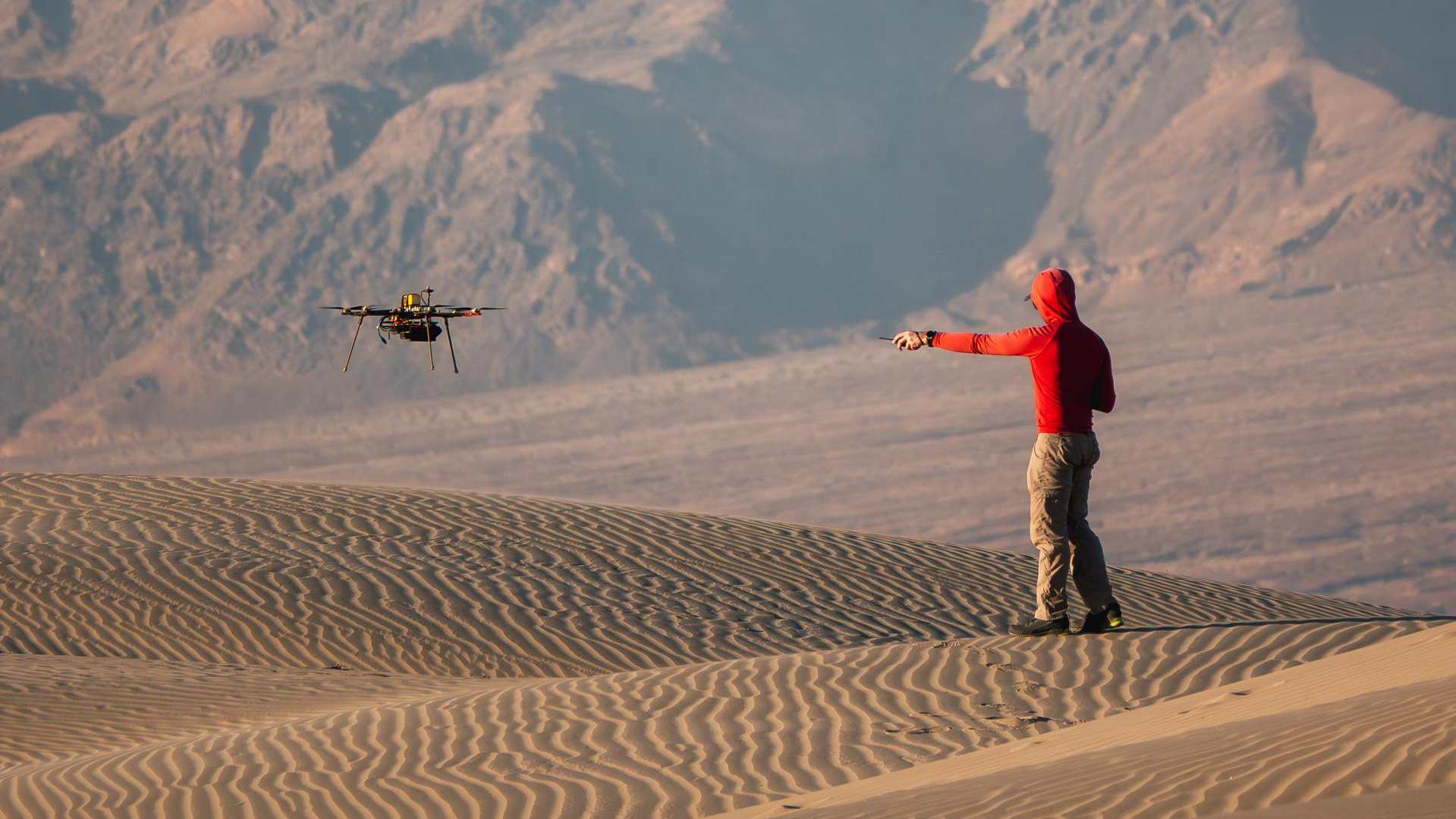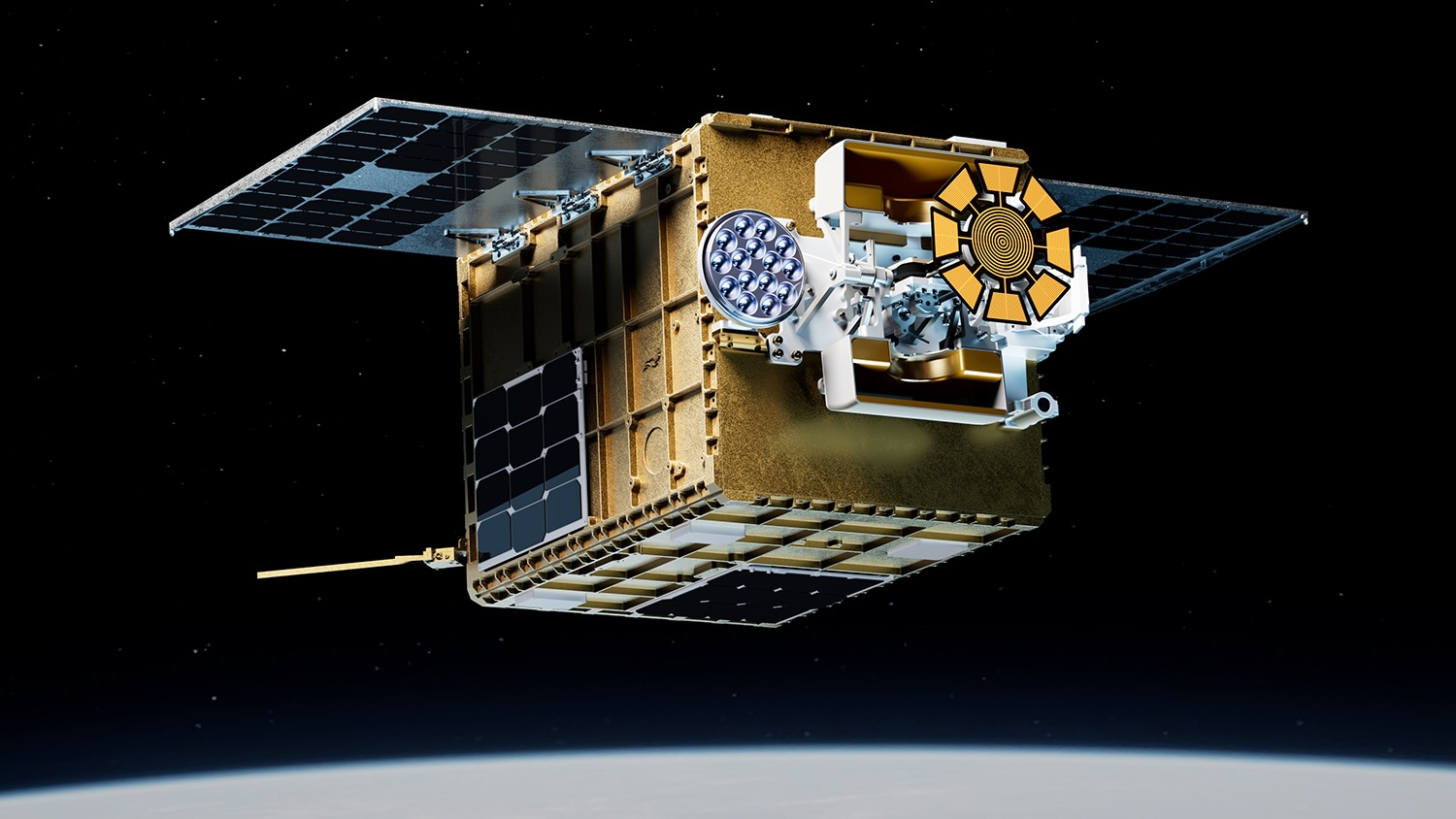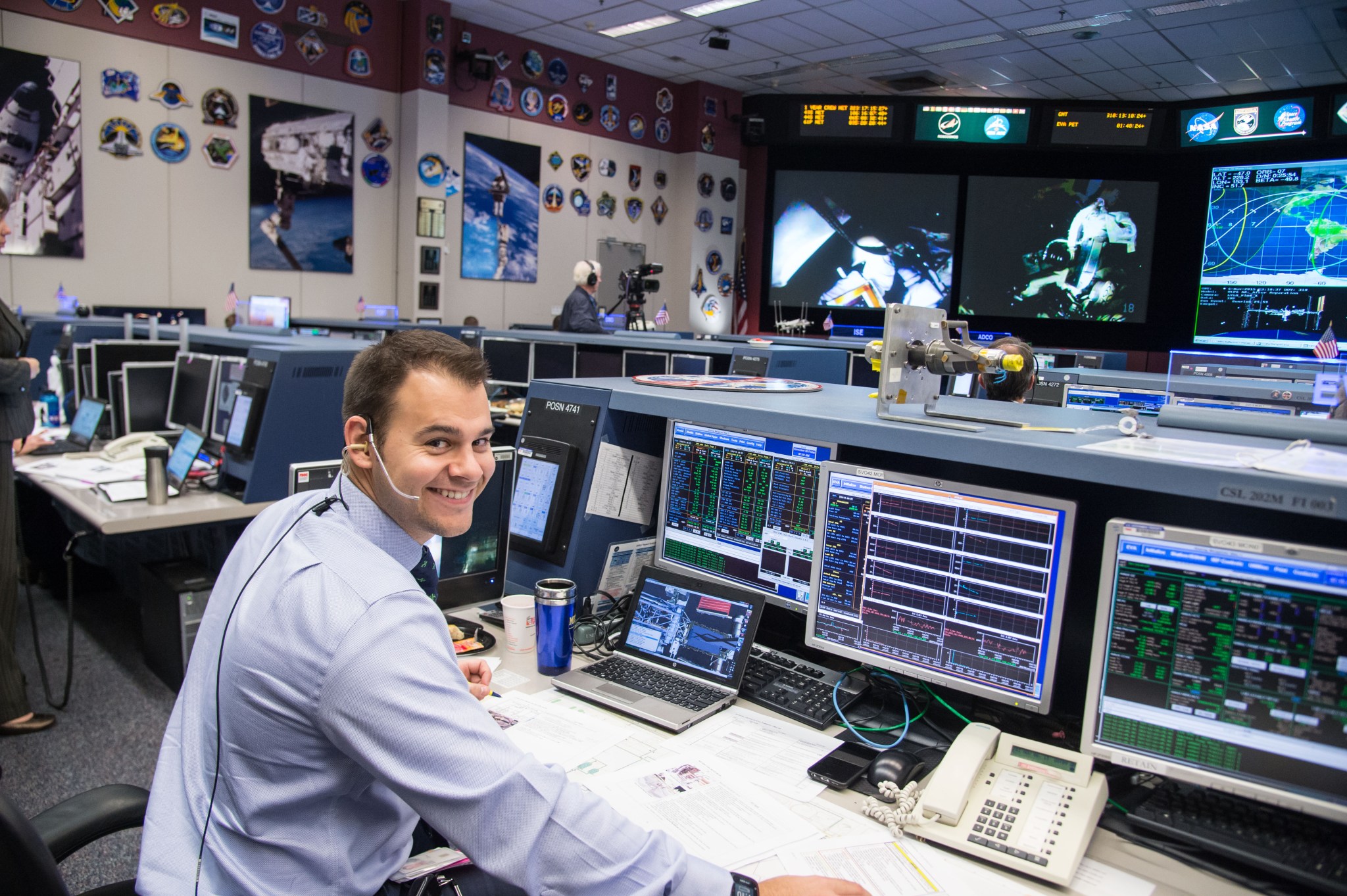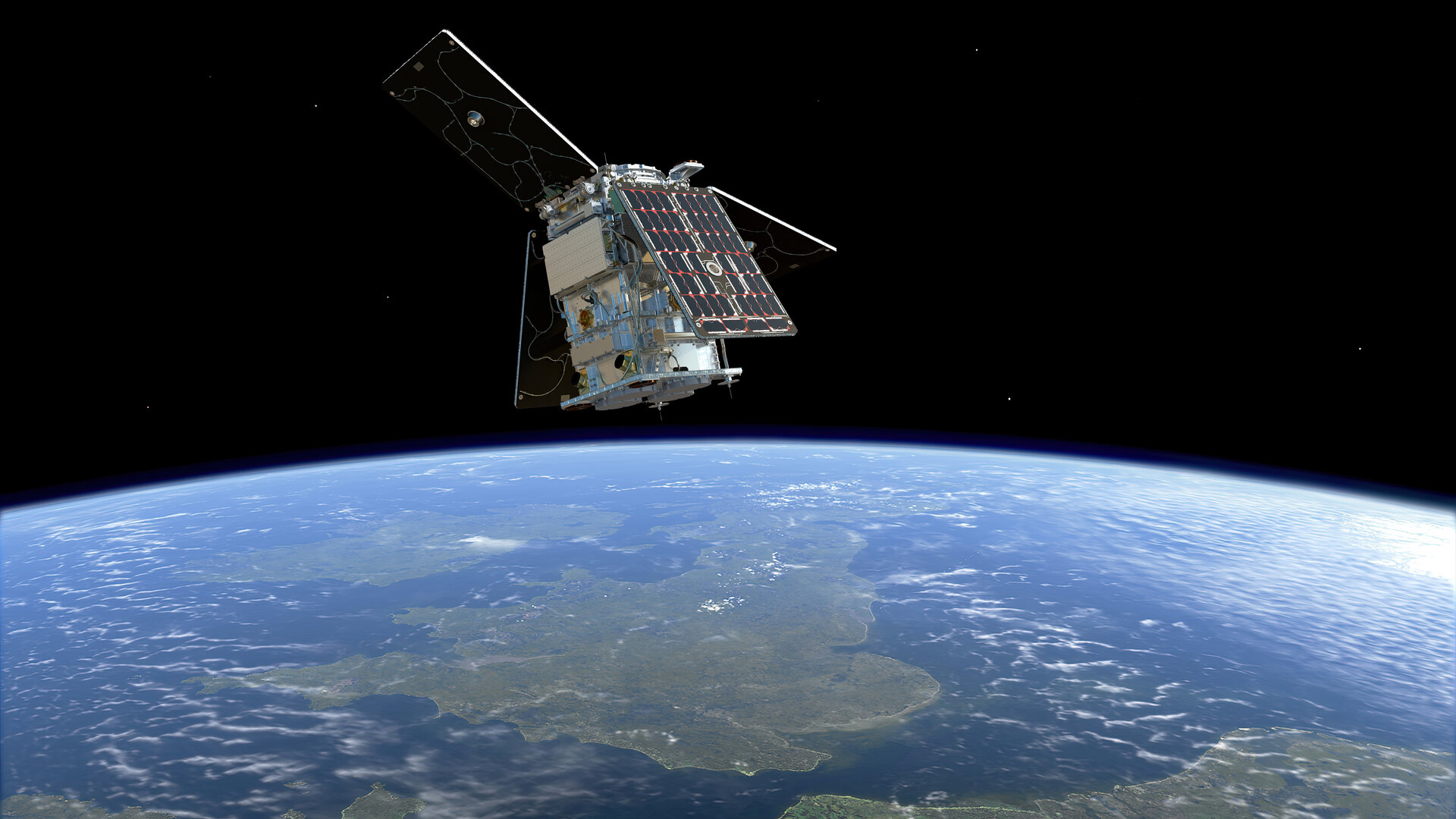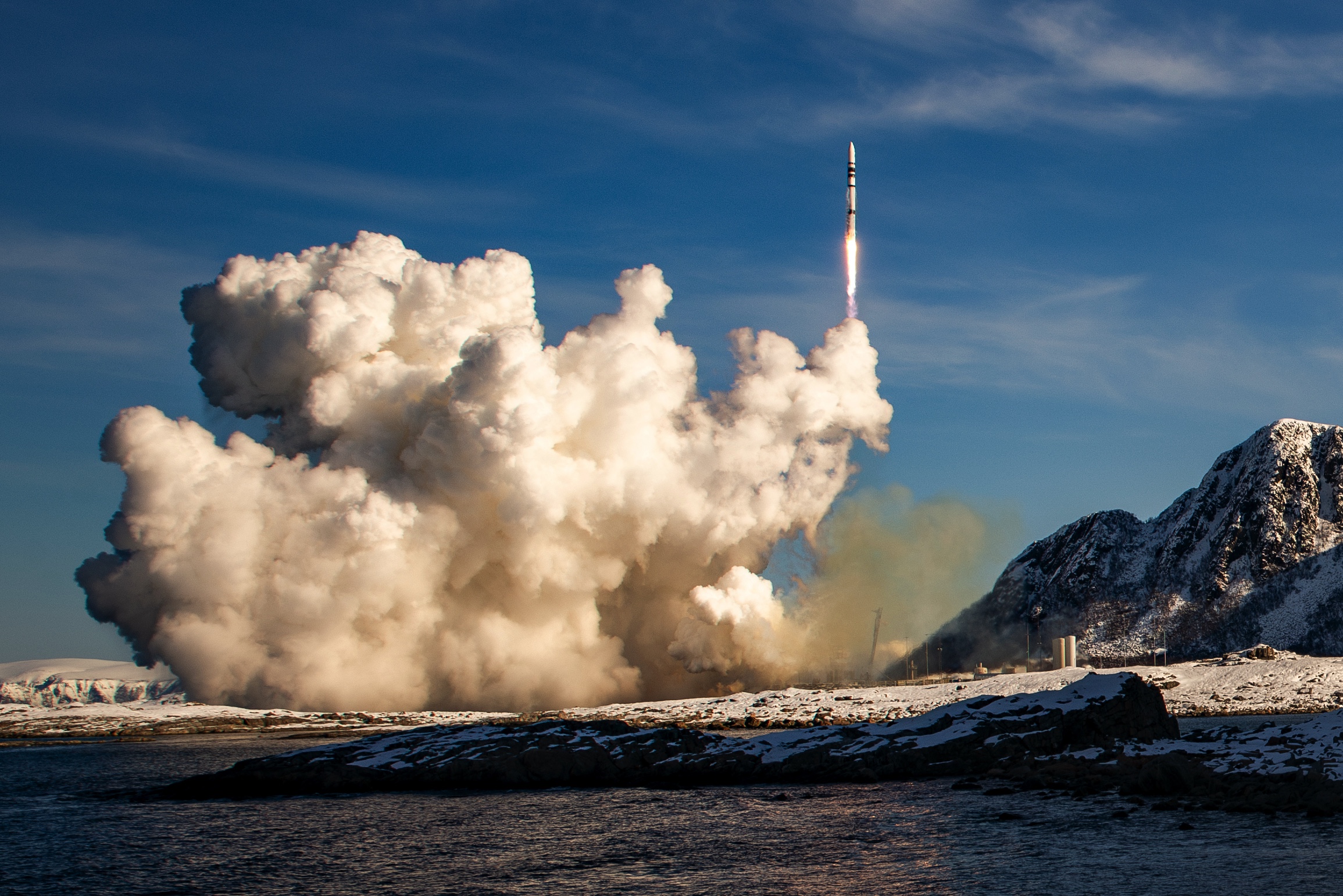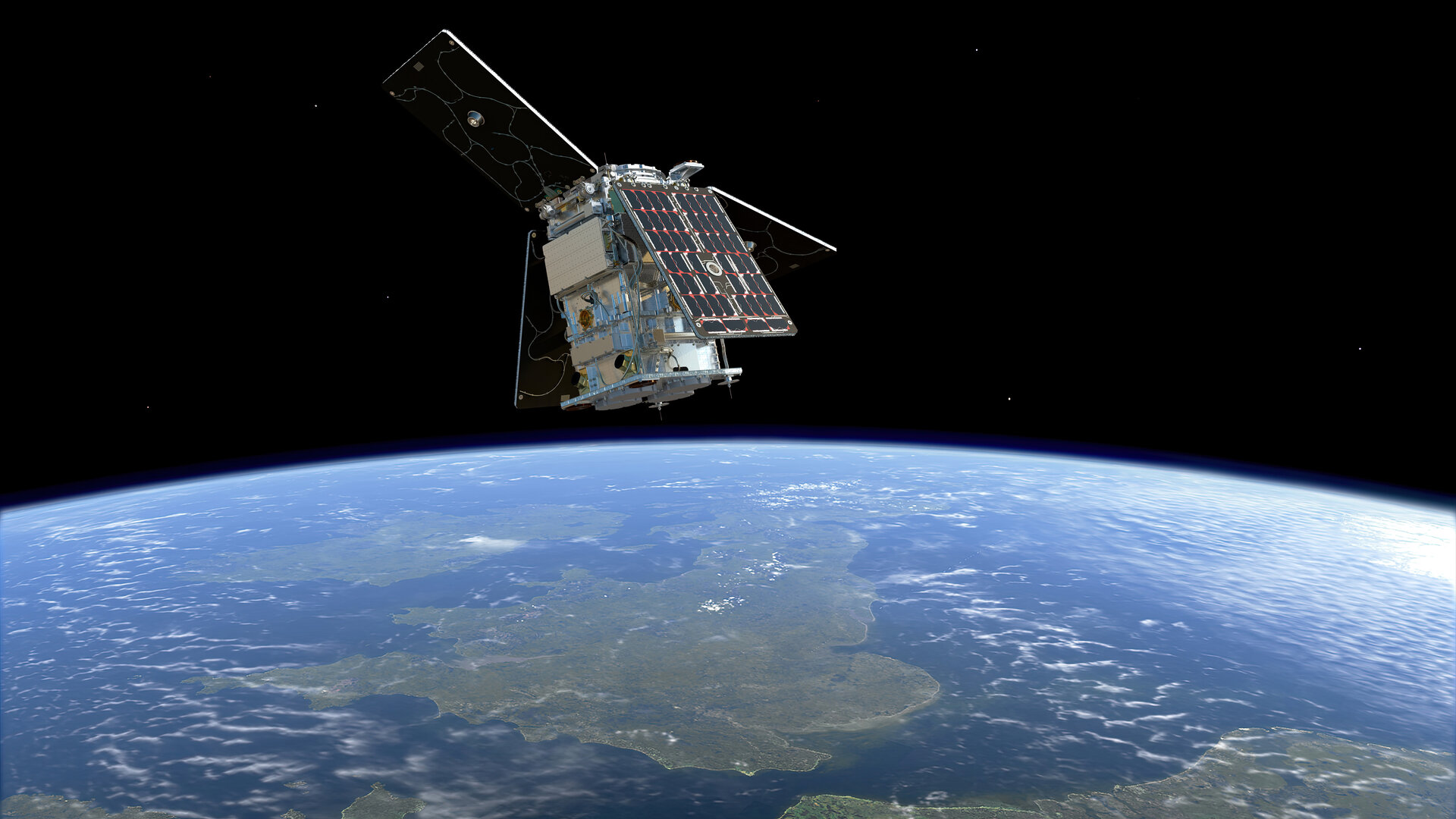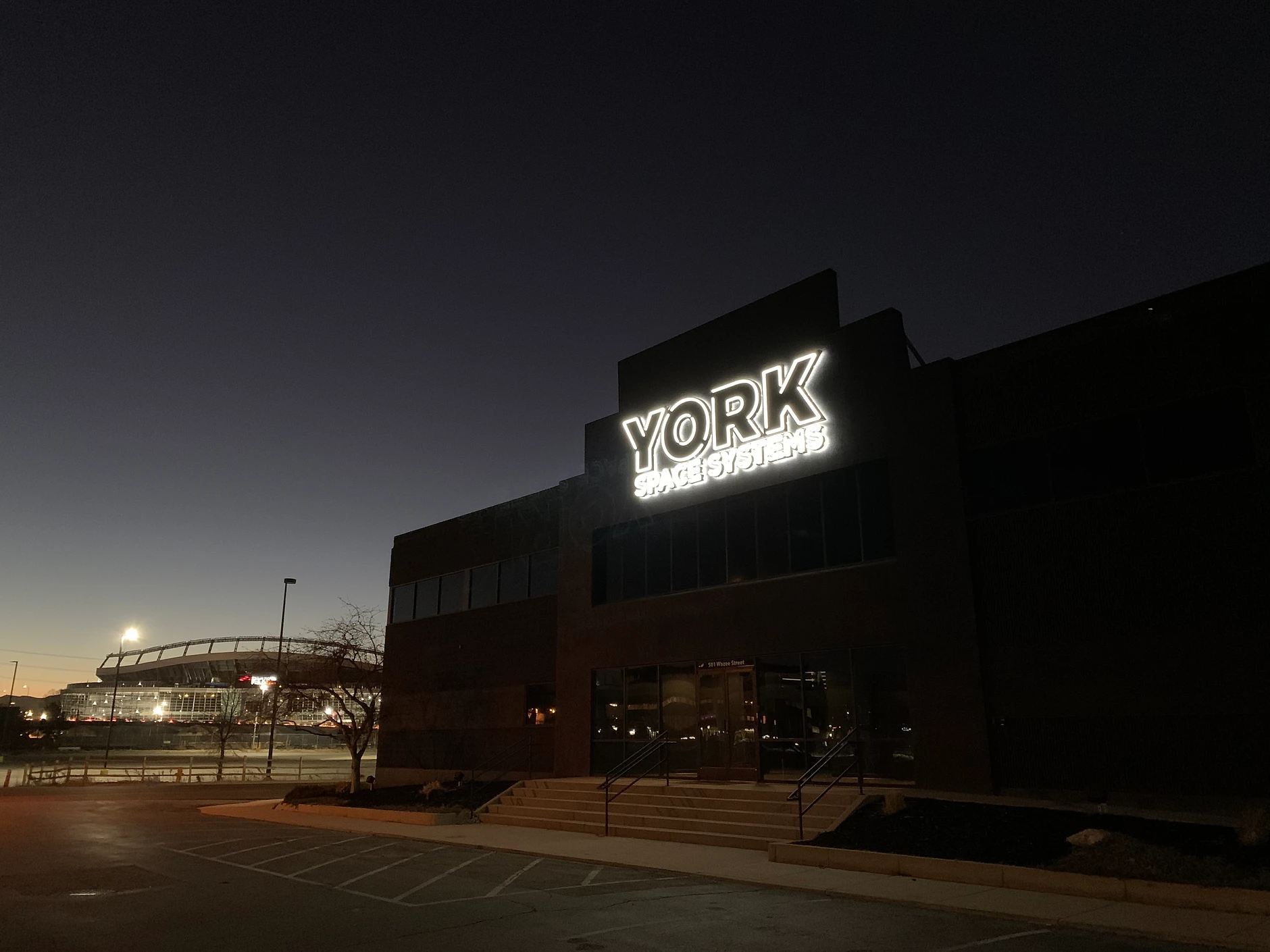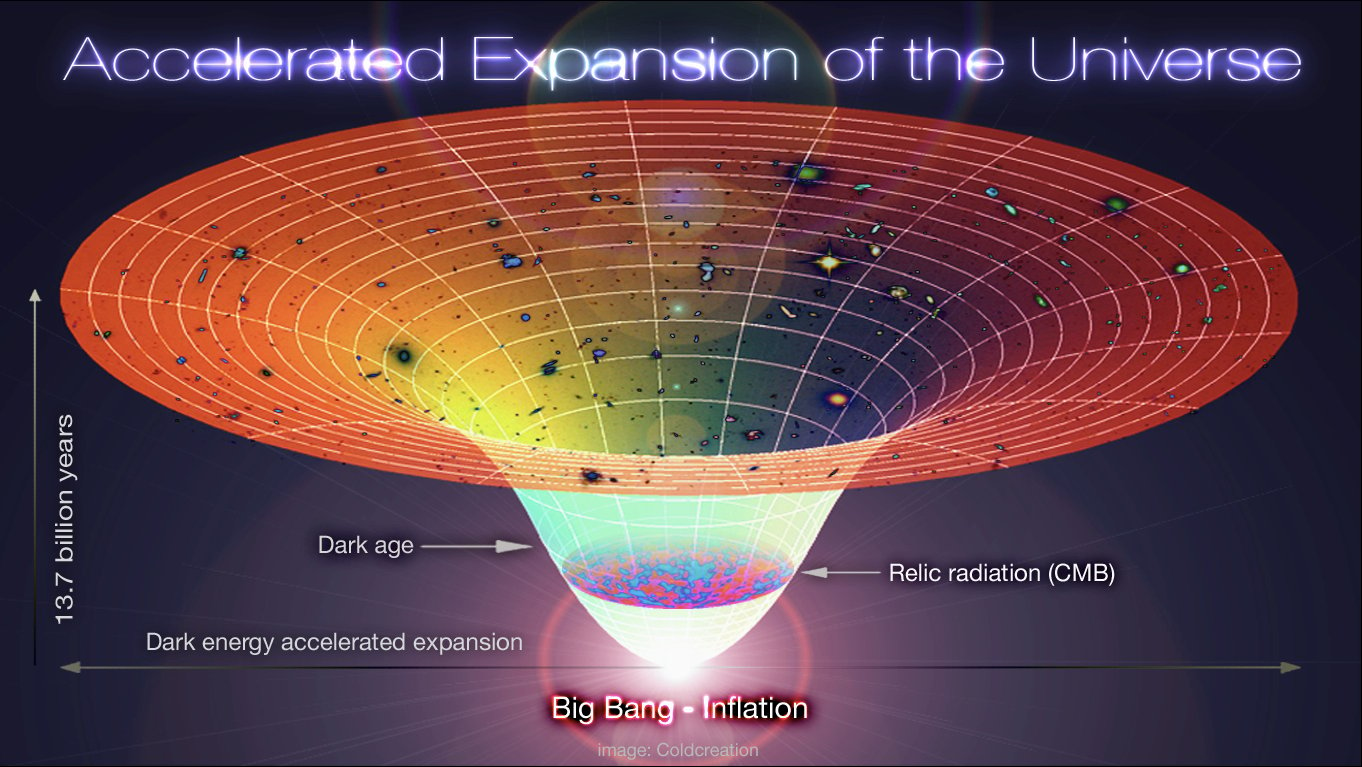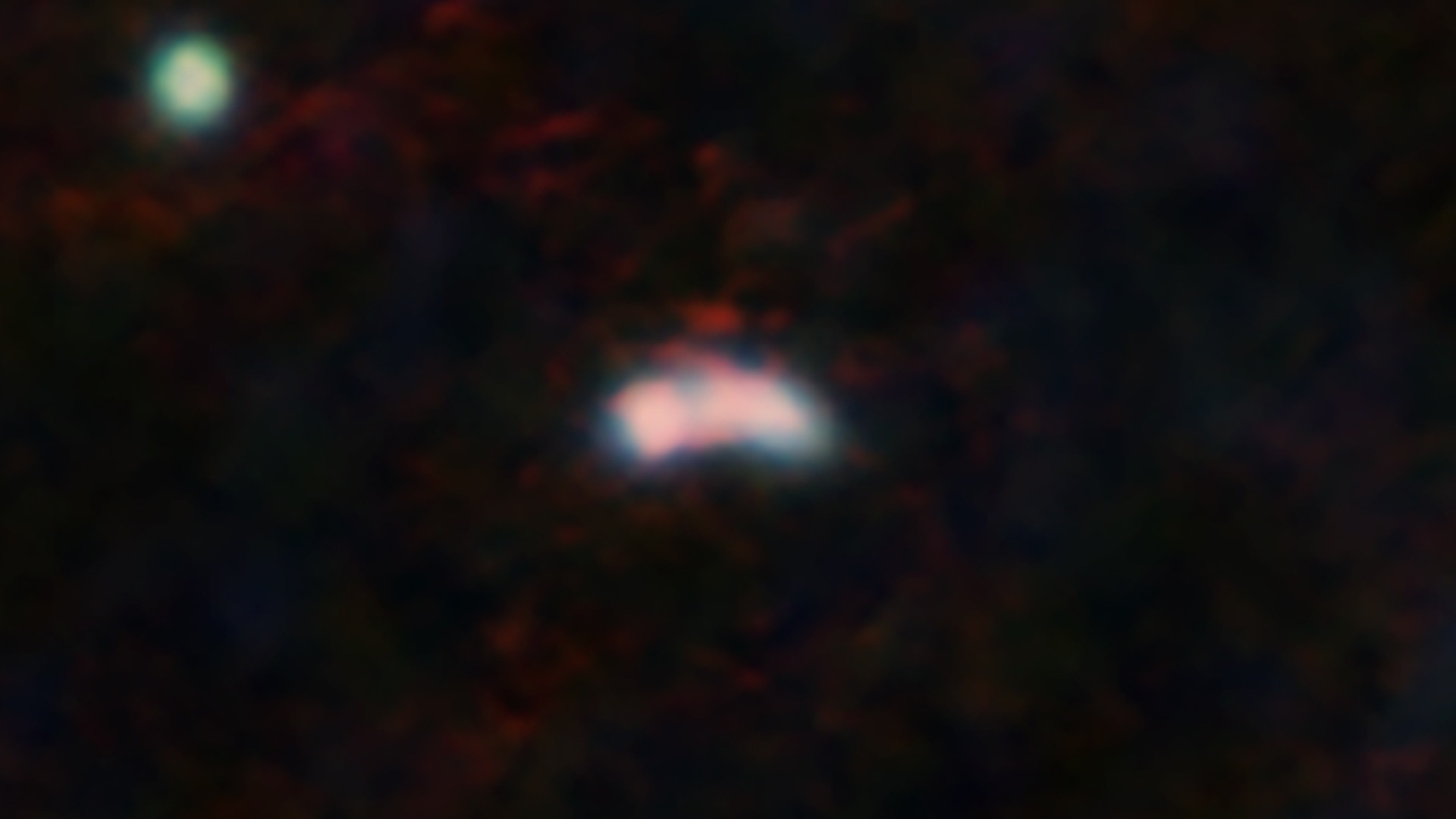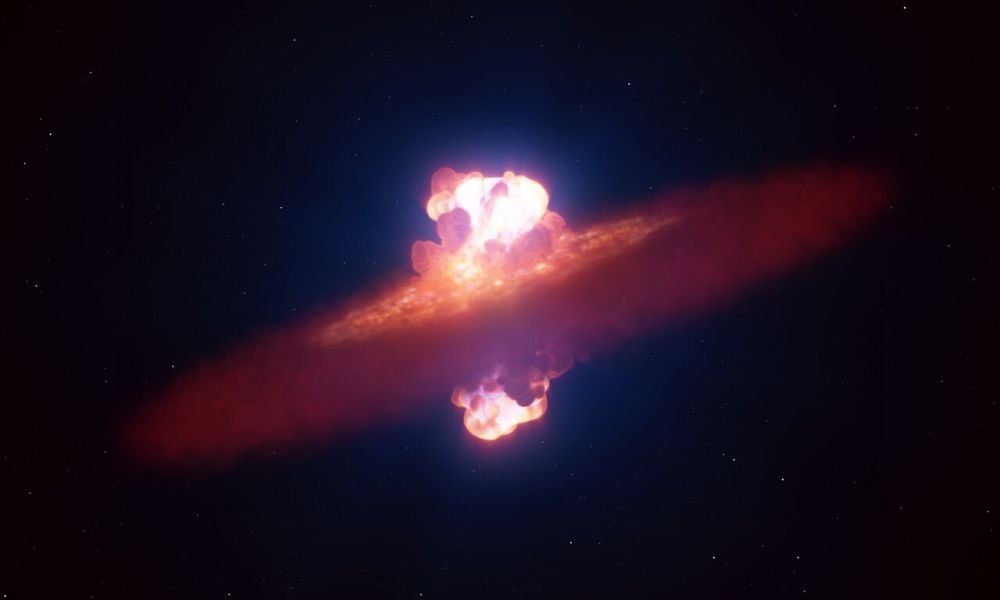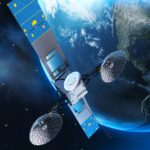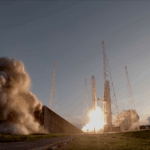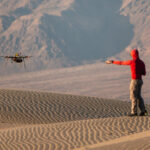Brian Alpert’s path was always destined for the aerospace industry, but his journey turned toward NASA’s Johnson Space Center during his sophomore year in college. That was when Tricia Mack,
Applications 18/11/2025 761 views 14 likes The European Space Agency’s HydroGNSS, a twin-satellite mission to gather data on Earth’s water cycle, is scheduled to launch on 19 November at 19:18
BREMEN, Germany — SEOPS, an American mission services provider, has purchased a Spectrum launch from Isar Aerospace to broaden launch options for its customers. Isar and SEOPS announced Nov. 18
The European Space Agency (ESA) is set to launch its HydroGNSS mission, an innovative twin-satellite initiative aimed at monitoring Earth’s water cycle, on 19 November at 19:18 CET (10:18 Pacific
WASHINGTON — York Space Systems, a supplier to the Pentagon’s next-generation satellite constellation, has taken the formal step toward going public, filing paperwork with U.S. regulators as it looks to
Let’s rewind the clock back…oh, I don’t know, let’s say a hundred years.
Astronomers have discovered a superheated “star factory” that existed just 800 million years after the Big Bang. The star factory, a galaxy known as Y1, is birthing stars at a
Observations of a supernova explosion have revealed its shape only one day after it was first detected. The exact nature of supernovae explosions are unclear and the subject of ongoing,
2015 was one of the most important years in Star Wars‘ history. Disney had shockingly acquired Lucasfilm and the massive franchise back in 2012, but that new age wasn’t realized
At this point in history, astronomers and engineers who grew up watching “Deep Impact” and “Armageddon,” two movies about the destructive power of asteroid impacts, are likely in relatively high
-
 012024 in Review: Highlights from NASA in Silicon Valley
012024 in Review: Highlights from NASA in Silicon Valley -
 02Panasonic Leica Summilux DG 15mm f/1.7 ASPH review
02Panasonic Leica Summilux DG 15mm f/1.7 ASPH review -
 03From Polymerization-Enabled Folding and Assembly to Chemical Evolution: Key Processes for Emergence of Functional Polymers in the Origin of Life
03From Polymerization-Enabled Folding and Assembly to Chemical Evolution: Key Processes for Emergence of Functional Polymers in the Origin of Life -
 04How New NASA, India Earth Satellite NISAR Will See Earth
04How New NASA, India Earth Satellite NISAR Will See Earth -
 05And Thus Begins A New Year For Life On Earth
05And Thus Begins A New Year For Life On Earth -
 06Astronomy Activation Ambassadors: A New Era
06Astronomy Activation Ambassadors: A New Era -
07SpaceX launch surge helps set new global launch record in 2024


